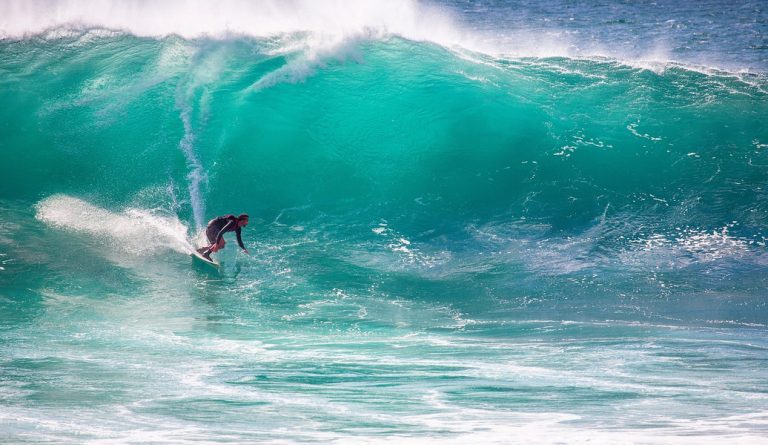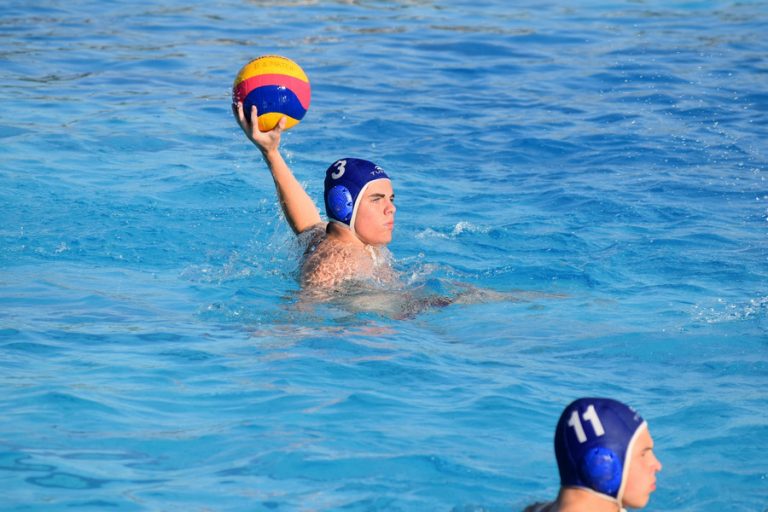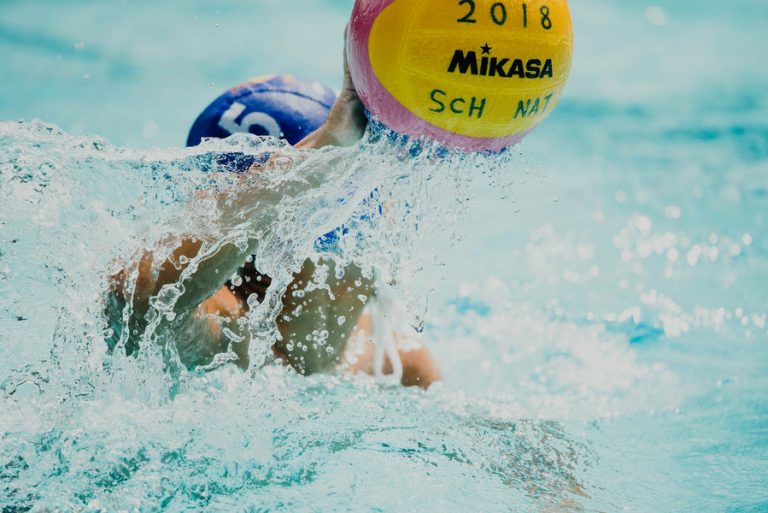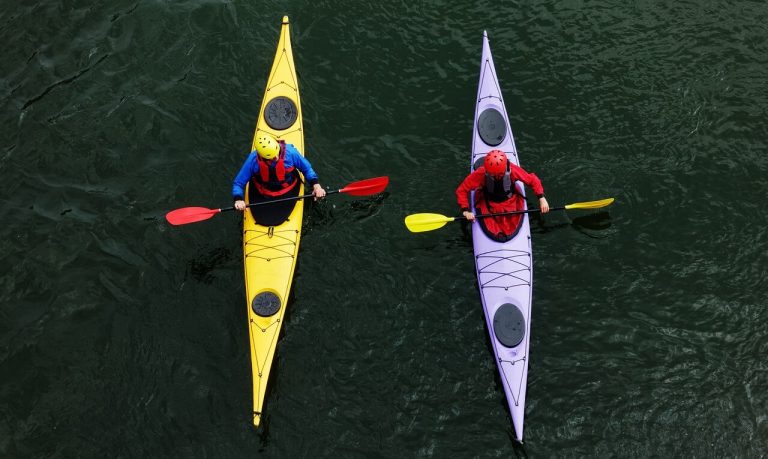Kayaking for Beginners: A Comprehensive Guide to Conquer the Waves
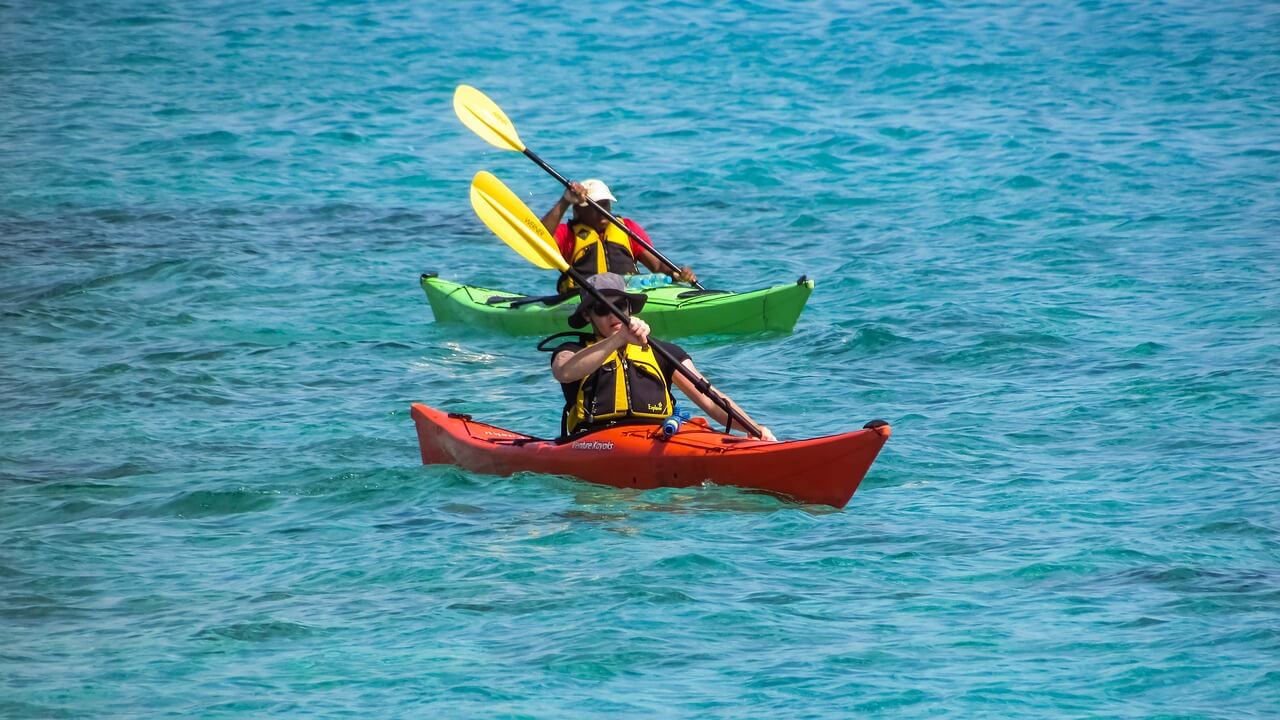
Kayaking is an exhilarating water activity that offers a unique blend of adventure, workout, and nature exploration. Whether you’re aiming to paddle through serene lakes, adrenaline-pumping whitewater, or somewhere in between, kayaking has something for everyone. This guide will delve into the basics of kayaking, discussing essential elements, including types of kayaks, necessary gear, and paddling techniques, among others.
Understanding Different Types of Kayaks
Before taking your first stroke, it’s important to understand the types of kayaks that exist, as each design caters to specific activities and water conditions.
- Recreational Kayaks: These are designed for casual paddlers interested in fishing, photography, or a peaceful paddle on a calm lake. They are typically stable, easy to control, and have a lot of storage space.
- Touring Kayaks: Longer and sleeker, these are built for longer distance journeys on open water – both fresh and salt. Their length aids in maintaining a straight course, and they usually have ample storage for multi-day trips.
- Sea Kayaks: Built for the open ocean, these kayaks are designed with a robust hull to handle waves and unpredictable sea conditions. They also come equipped with rudder or skeg for improved tracking.
- Whitewater Kayaks: As the name suggests, these are designed for navigating rapid waters. They are short, robust, and highly maneuverable, allowing for quick, sharp turns.
- Inflatable Kayaks: These are perfect for those with limited storage space. They offer a decent level of performance and can be used in a variety of water conditions.
- Fishing Kayaks: These kayaks are designed with the angler in mind. They are stable, have rod holders, and ample storage space for all your fishing gear.
Essential Kayaking Equipment
When gearing up for kayaking, safety and comfort should be your top priorities. Here’s a list of essential gear every paddler needs:
- Paddle: Paddles come in different sizes and styles. Select one based on your height, kayak size, and paddling style.
- Personal Flotation Device (PFD): This is non-negotiable. A PFD, or life jacket, is critical for ensuring your safety on the water.
- Helmet: This is particularly crucial for whitewater kayaking, where there’s a risk of flipping or colliding with rocks.
- Spray Skirt: This piece of equipment covers the cockpit of the kayak to keep you dry and prevent water from entering the kayak.
- Dry Bag: For storing your valuables and keeping them dry.
- Bilge Pump: A useful tool for removing water from your kayak.
- First Aid Kit: Prepare for the unexpected. Carry a first aid kit for any potential injuries or medical emergencies.
Kayak Paddling Techniques
Paddling efficiently not only helps you navigate the waters smoothly but also saves your energy. Here are the basic paddling techniques:
- Forward Stroke: This is your go-to move for propelling the kayak forward.
- Reverse Stroke: This stroke helps you move backwards.
- Sweep Stroke: Use this technique when you need to turn your kayak.
- Draw Stroke: This move helps you shift your kayak sideways.
Each of these strokes involves a precise combination of your hand position, rotation of your torso, and the angle at which your paddle hits the water.
Kayaking Safety Rules
As with any water sport, kayaking comes with inherent risks. To ensure a safe experience, here are some essential safety rules:
- Always Wear a PFD: This cannot be stressed enough. A PFD can save your life in case of an accident.
- Check Weather and Water Conditions: Always check the weather forecast and water conditions before heading out. Avoid kayaking in rough conditions if you’re a beginner.
- Stay Hydrated and Protect Yourself from the Sun: Carry enough water and wear sunscreen, hats, and sunglasses.
- Understand Navigation Rules: Learn the basics of navigation rules, signals, and buoys.
- Always Carry a First Aid Kit and Know Basic First Aid: As mentioned earlier, always be prepared for emergencies.
Preparing for a Kayaking Adventure
After grasping the basics, you’re ready to embark on your first kayaking adventure. Here are some key steps to guide your preparation:
- Plan Your Trip: Decide on the location, check the weather forecast, and make sure to inform someone about your trip and estimated return time.
- Pack Right: Carry necessary gear, enough food and water, and a change of clothes.
- Warm-Up: Before you hit the water, do some warm-up exercises to prepare your body for the physical exertion.
- Check Your Equipment: Prior to launching, double-check your equipment for any damage or missing parts.
Concluding Remarks
Kayaking offers a rewarding experience, blending physical activity with the tranquility of being on the water. While it may seem daunting at first, understanding the basics – the right equipment, the different types of kayaks, proper paddling techniques, and safety rules – can help ease the learning curve. Remember, preparation is key to any adventure, and with these basics in mind, you’re well on your way to becoming a seasoned kayaker. Enjoy the ride!

